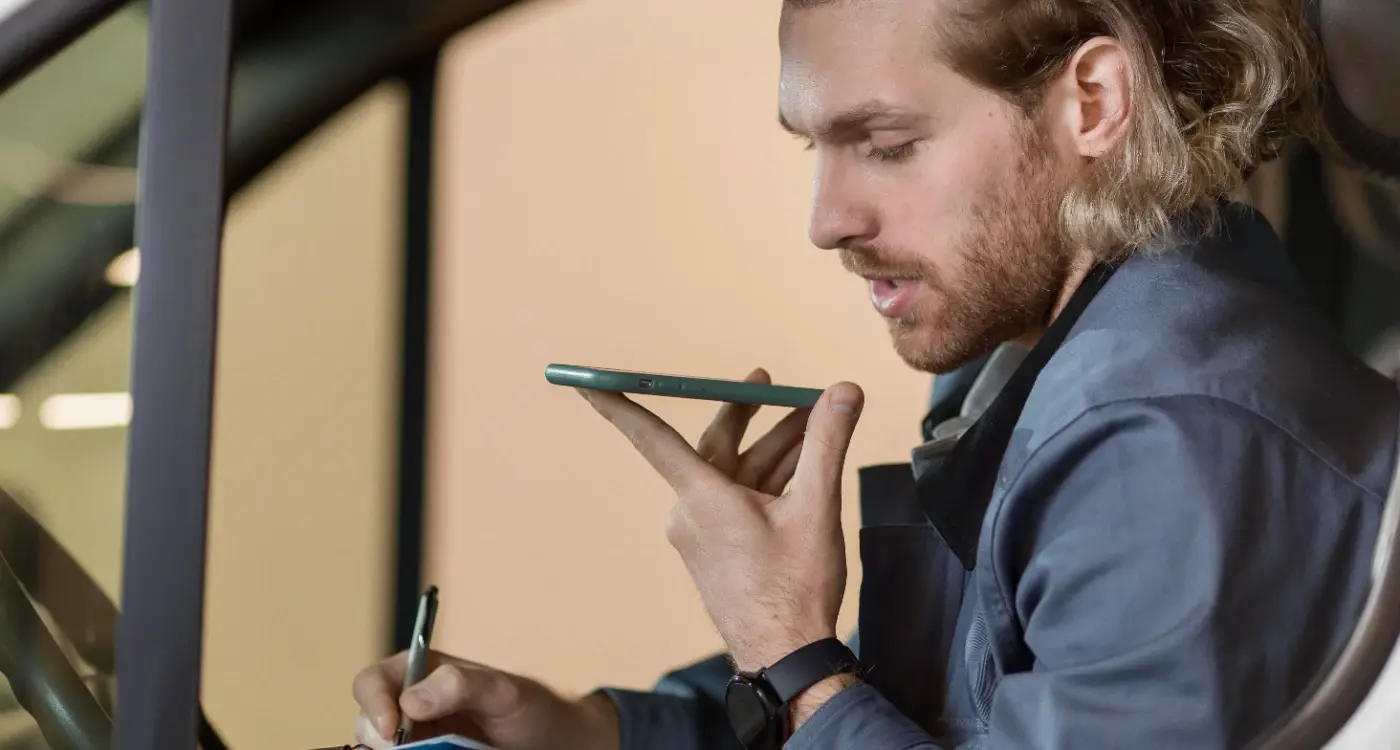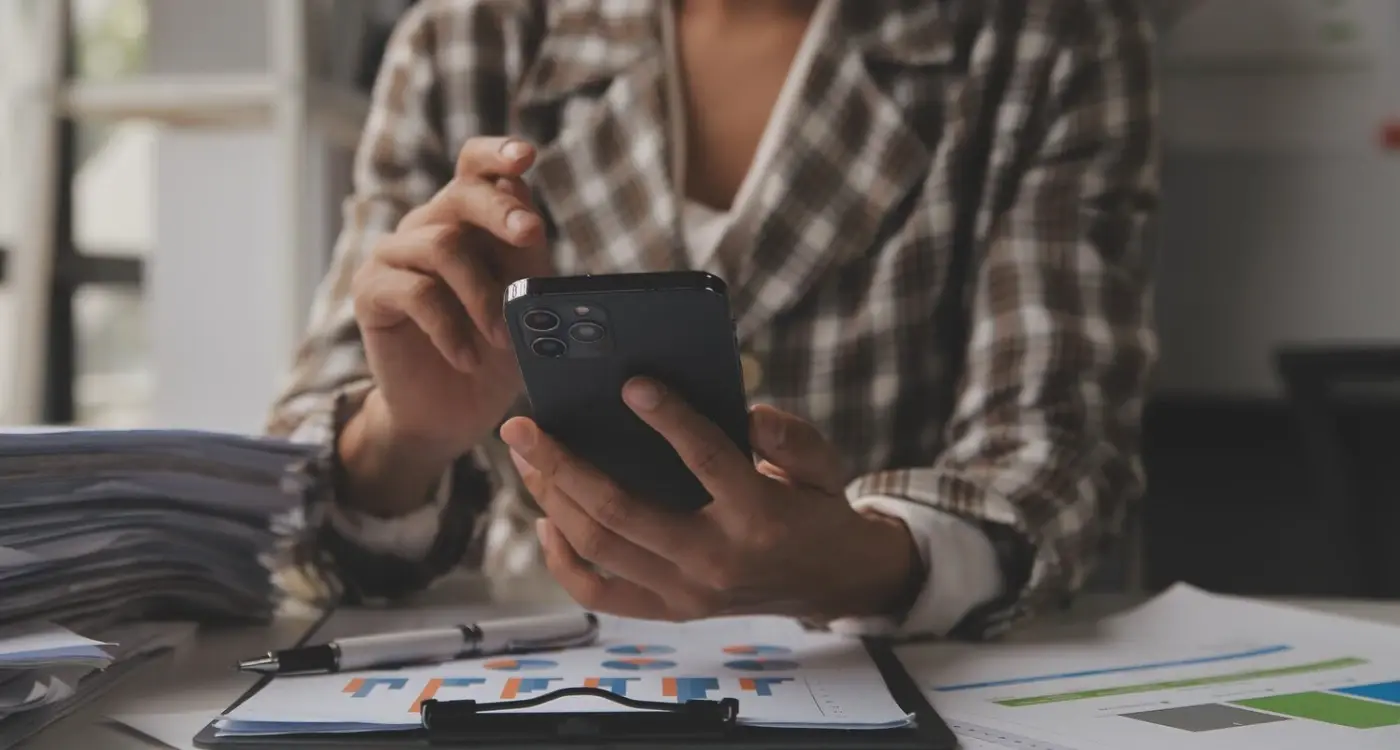How Much Should I Spend on App Design vs Development?
Here's a fact that might surprise you: most mobile app budgets are split completely wrong. I see it time and time again—brilliant app ideas that could have succeeded if only the money had been allocated properly between design and development. The typical mistake? Throwing 80% of the budget at development and leaving design as an afterthought. Or going the opposite direction and creating something beautiful that barely works.
After building apps for everyone from three-person startups to companies you'd recognise instantly, I can tell you that getting this balance right makes or breaks projects. It's not just about having enough money—it's about spending it in the right places at the right time. Your mobile app needs both solid development and thoughtful design investment to stand a chance in today's competitive market.
The most successful apps aren't necessarily the ones with the biggest budgets, but the ones where every pound was spent with purpose
This guide will show you exactly how to split your budget between design and development allocation. We'll look at real costs, smart strategies, and when to break the rules. By the end, you'll know exactly where your money should go and why.
Understanding the Design and Development Split
I've worked with hundreds of clients over the years, and one of the most common questions I get asked is: "What's the difference between design and development?" It's a fair question—most people outside our industry don't really understand where one ends and the other begins.
Think of it this way: design is everything your users see and interact with. The colours, buttons, layouts, animations, and how everything flows together. Development is the invisible engine that makes it all work—the code, databases, servers, and technical bits that bring those designs to life.
What Design Actually Covers
Design isn't just making things look pretty (though that's part of it). It includes user research, wireframing, prototyping, and creating the entire user experience. A good designer thinks about how someone will navigate your app, what happens when they tap a button, and how to make complex tasks feel simple.
The Development Side of Things
Development takes those beautiful designs and turns them into a functioning app. This covers everything from coding the user interface to building backend systems, integrating with third-party services, and making sure everything works smoothly across different devices.
| Design Responsibilities | Development Responsibilities |
|---|---|
| User interface design | Frontend coding |
| User experience planning | Backend development |
| Visual branding | Database setup |
| Prototyping | API integration |
| User research | Testing and debugging |
The reality is that great apps need both sides working together seamlessly. You can't have one without the other—beautiful designs mean nothing if they don't work, and perfect code is useless if nobody wants to use it.
What Design Really Costs Your Mobile App
Let's be honest—design investment for your mobile app isn't just about making things look pretty. I've worked with hundreds of clients over the years, and the ones who think design is purely cosmetic always end up regretting it later. Good design is about solving problems, making your app easy to use, and keeping people coming back for more.
So what does design actually cost? Well, it depends on what you're building. A simple app with basic screens might need 20-40 hours of design work, whilst a complex app with multiple user types could easily require 100+ hours. The real cost isn't just in the visual design though—it's in the user experience research, wireframing, prototyping, and testing that happens before anyone even touches a colour palette.
The Hidden Costs of Poor Design
Here's what most people don't realise: skimping on design investment early on will cost you far more later. If users can't figure out how to use your app, they'll delete it within minutes. Bad design means more development time fixing usability issues, more customer support headaches, and ultimately fewer downloads and revenue.
Spend time getting your user flow right before you start visual design—it's much cheaper to fix a wireframe than rebuild finished screens.
Breaking Down Design Investment
Most agencies split design costs into research and strategy (30%), wireframing and user experience (40%), and visual design (30%). The exact split varies, but this gives you a rough idea of where your money goes when you invest in proper design work.
Development Expenses That Matter Most
Right, let's talk about where your development money actually goes—and trust me, after building apps for over eight years, I've seen budgets stretched in all the wrong places. The biggest chunk of your development spend will always be backend infrastructure; this is the invisible engine that makes everything work smoothly.
Database architecture and API development typically eat up 40-50% of your technical budget, and for good reason. These systems need to handle user data, process transactions, and keep your app running without crashes. Then there's security implementation—something you absolutely cannot skimp on, especially with data protection regulations getting stricter.
Core Development Costs
- Backend infrastructure and database setup
- API development and third-party integrations
- Security features and data encryption
- Testing and quality assurance
- App store submission and compliance
- Performance optimisation
Testing deserves special mention here—I've watched clients try to cut corners on QA only to face costly fixes later. Quality assurance should represent about 20-25% of your development budget. The money you spend here saves you from angry user reviews and emergency patches down the line.
Performance optimisation is another area where spending pays dividends. Users will delete slow apps faster than you can say "loading screen," so investing in smooth performance from day one makes perfect sense.
Budget Allocation Strategies That Work
Right, let's talk about the strategies that actually work when you're splitting your mobile app budget between design and development. I've seen too many projects go sideways because people didn't plan this properly from the start.
The 70-30 rule is where most of my clients land—70% for development and 30% for design. But here's the thing: this isn't set in stone. Your split depends entirely on what type of app you're building and who's going to use it.
Start with Your Core Features
List out your must-have features first. These are the things your app absolutely cannot launch without. Price these up with your development team, then work backwards to see what's left for design. This approach keeps you grounded in reality rather than wishful thinking.
Budget allocation isn't about finding the perfect formula—it's about making smart trade-offs that align with your app's goals
If you're building something like a fitness tracking app, you might push that split to 60-40 in favour of development because the backend work is complex. But a lifestyle app for a fashion brand? You might flip it the other way because visual appeal drives downloads and engagement.
Plan for the Unexpected
Always—and I mean always—keep 15-20% of your total budget as a buffer. Apps are unpredictable beasts, and you'll thank me later when you need to make changes during development allocation phases.
When to Invest More in Design
There are certain situations where putting more money into design makes perfect sense—and your wallet will thank you later. After years of building apps, I've noticed some clear patterns about when design investment pays off big time.
Consumer-Facing Apps Need Design Love
If you're building something people will use daily, design isn't optional anymore. Think about it: your users have hundreds of apps on their phones, and they'll judge yours within seconds. A dating app with poor design? Dead in the water. A fitness tracker that looks like it was built in 2010? People won't stick around.
Apps in competitive markets need extra design budget too. When there are dozens of similar apps, yours needs to stand out visually and work smoothly. Users won't forgive clunky interfaces when better alternatives exist.
When First Impressions Count
Brand-new companies should invest heavily in design because your app might be the first thing customers see. It's your shop window, your business card, and your product demo all rolled into one.
- Apps targeting younger demographics (they expect polished experiences)
- Premium or paid apps (users expect quality for their money)
- Apps with complex features (good design makes complicated things simple)
- Social or sharing apps (people won't share ugly content)
The sweet spot? Aim for 40-50% of your budget on design when these factors apply. Your users will notice the difference, and more importantly, they'll keep coming back.
When Development Deserves the Bigger Share
Sometimes your mobile app needs more muscle than makeup—and that's perfectly fine. After working with countless clients over the years, I've noticed certain projects where throwing money at pretty pixels just doesn't make sense. The smart move is putting your development allocation front and centre.
Complex backend systems are the biggest culprit here. If you're building something that handles thousands of users, processes payments, or manages sensitive data, your development team needs proper resources. I've seen apps with gorgeous interfaces crash and burn because they couldn't handle real-world usage. Nobody cares how beautiful your app looks if it doesn't work.
When Technical Complexity Rules
Apps with heavy integrations—think banking, healthcare, or enterprise tools—need rock-solid foundations. Your users expect these apps to simply work, not win design awards. A clean, functional interface beats a stunning but buggy one every single time.
Security-focused apps are another clear winner for development investment. Financial apps, medical platforms, or anything handling personal data can't afford shortcuts in the code. Your design investment can be modest; your security budget shouldn't be.
Rule of thumb: if your app's core value comes from what it does rather than how it looks, prioritise development spending. You can always polish the interface later.
Conclusion
Getting the balance right between design and development spending isn't about finding some magic formula—it's about understanding your app's unique needs and your users' expectations. I've seen brilliant apps fail because they looked terrible, and I've watched beautiful apps crash and burn because they couldn't handle real-world usage. The sweet spot lies somewhere in the middle, but where exactly depends on your specific situation.
Your app's category, target audience, and business goals should drive these decisions. A banking app needs rock-solid security and performance; a social media app lives or dies by its user experience. Neither approach is wrong—they're just different responses to different challenges.
What I've learned after years of building apps is that the most successful projects treat design and development as partners, not competitors fighting over budget scraps. When you invest thoughtfully in both areas, considering your users' needs and your business objectives, you create something that doesn't just work well—it works well for the people who matter most.
The money you spend on getting this balance right isn't an expense; it's an investment in your app's future success. Make it count.
Share this
Subscribe To Our Learning Centre
You May Also Like
These Related Guides

How Much Does It Cost to Develop a Mobile App for Startups?

How Much Does Transport App Development Actually Cost?



